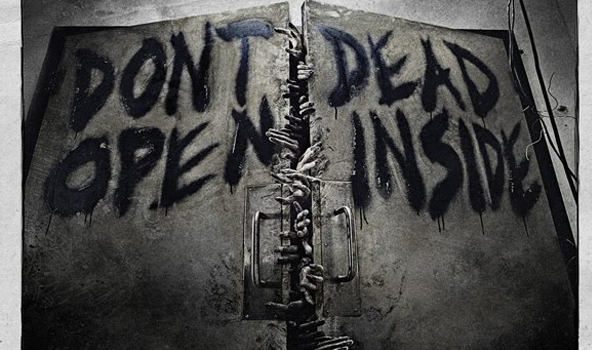On the night of Halloween, the cable television channel AMC premiered The Walking Dead, a show based on the Eisner-winning ongoing comic series of the same name. It follows the story of ex-police officer Rick Grimes and a group of survivors among a modern day zombie apocalypse – but it’s more than just a “shoot here, shoot there, brains, brains, brains” storyline.
The Walking Dead is a story of survival, and what happens to the human civilization once nothing is civil. To quote the story itself: “In a world ruled by the dead, we are forced to finally begin living.” The story caught on, and the ongoing series has been in print since 2002.
Though The Walking Dead is an entirely new experience, it certainly isn’t the first time the idea of a zombie apocalypse has been fleshed out, if you will.
The word “zombi” originated among West African voodoo, and eventually made its way to Haiti. The word was used to describe a person who would be given a strong poison that was used to slow the heart rate of its victim to make them appear as dead. Upon burial, the victim’s heart rate would revert to normal levels, and they would be dug up. The victim would be convinced that they were dead, and would be thrown into slavery for the entirety of their believed-to-be afterlife.
Throughout the early 1900s, most horror movies with zombie themes followed the Haitian rules and were heavily focused on voodoo. Some tampered with other ideas, such as the 1959 cult classic Plan 9 from Outer Space, where the dead were resurrected and telepathically controlled by – get this – aliens.
It wasn’t until the 1968 release of George A. Romero’s Night of the Living Dead that zombies were culturally changed for good. Originally created as a social commentary, Romero described his creation as “merging the zombie with the vampire” – and it shed light on what we now know as “the classic zombie.” After 42 years, Romero continues to make movies similar to his counter zombie classic, as the genre itself also continues to see new life among the modern day.
In 1981, Sam Raimi unleashed what would later become the Evil Dead trilogy. The films featured “deadites” – corpses reanimated by demons within a fictional Aztec necronomicon (book of the dead). In some ways, the deadites were more sophisticated than previous Romero zombies, but still had that craving of flesh that left them deserving of a swift chainsaw swing.
For the rest of the late 1900s, not many crossed the boundary of the classic zombies – then time ticked to the new millenium.
28 Days Later started the modern zombie craze, and if you don’t mind the pun, it was all the rage when it was released in 2002. It set a new spin on the way zombies came to be. When a virus was thrown into the script, audiences realized how much they had to fear what they couldn’t see. Plausibility of infection is what the selling point of zombie culture became. It was all too real.
Whether it was Rage in 28 Days Later, Solanum in Max Brooks’ The Zombie Survival Guide and World War Z, the all-too common strain of Mad Cow, Rabies among Zombieland or the Left 4 Dead video game series, these all scared the masses to death. It’s turned the classic living dead into what all humans can truthfully fear – a deadly infection.
But that’s not to say that the classic zombie has been left behind. Some modern day productions go even beyond the realm of simply “classic.” Take, for instance, the production of Zombie Hamlet here at South.
“Hamlet…with a scare,” said senior Maren Aalgaard, who works within production. “We’re being awesome and putting zombies in there.”
The play features the classic design of zombies, and throws them into the deepest of classic times, where everyone who dies in the original Hamlet simply becomes zombies instead. Which means a zombie king will make an appearance, if you aren’t up to date on your Shakespeare.
The production features a heavily female cast, which twists the Shakespeare take even more, where back in the day, it was a heavily male cast. Even female characters were played by male actors. Sophomore Noah Rissman, who also plays a player, adds “Even people who don’t like Shakespeare will enjoy the play.”
As evident with Zombie Hamlet and the various zombie pub crawls throughout Minneapolis, it’s quite obvious that the zombie culture is still in full swing, and it doesn’t look like it will be coming to a stumbling halt anytime soon.
Over the past years, it’s painfully clear that the deadest genre of entertainment has definitely dug its teeth into fresh life, and it’s taken quite the bite out of the audience’s collective wallets – and their brains.







